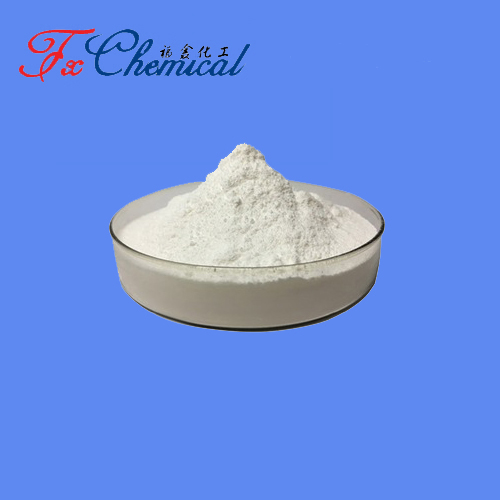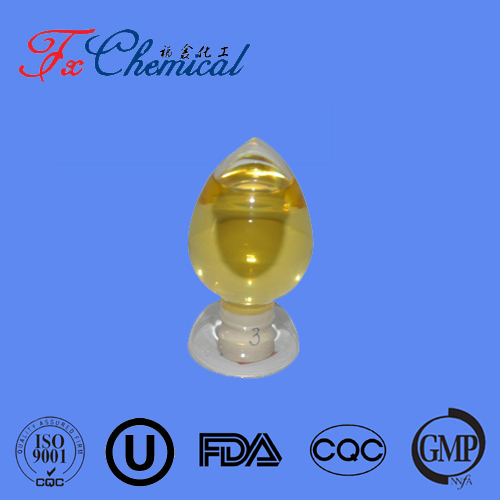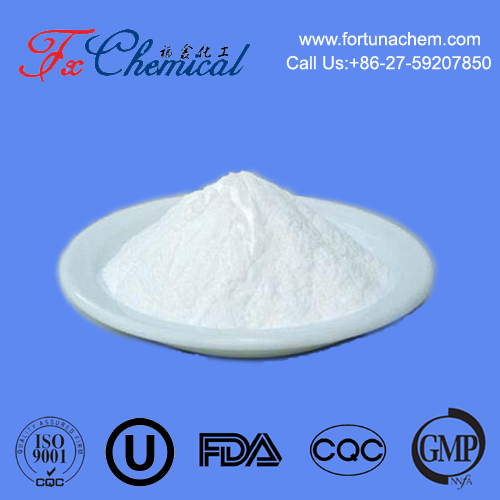Fungicidal Properties of Azoxystrobin CAS: 131860-33-8
As a new type of fungicide, Azoxystrobin's core advantage lies in its broad-spectrum fungicidal ability. Its unique molecular structure can effectively interfere with the physiological metabolic processes of pathogens, showing excellent protection, treatment, and eradication effects on almost all fungal diseases. This broad-spectrum nature allows Azoxystrobin to significantly reduce the quality degradation of feed raw materials caused by fungal contamination during the production process of plant feed, ensuring the safety and nutritional value of the feed and providing high-quality feed sources for the livestock industry.
Advantages in Systemic Conductivity and Penetration
131860-33-8 not only has broad-spectrum fungicidal properties but also possesses excellent systemic conductivity and penetration. This means that Azoxystrobin can be rapidly absorbed by plants and distributed throughout the plant via conductive tissues, achieving comprehensive control of pathogens.This characteristic is particularly crucial in the application scenarios of plant feed additives. During the growth of feed crops, various fungal diseases are inevitable, and the systemic conductivity of Azoxystrobin ensures that it can penetrate deep into the plant, eliminating disease threats from the root, thus improving the overall quality of the feed.Meanwhile, its strong penetration capability allows Azoxystrobin to penetrate the plant's cuticle, directly acting on pathogens and enhancing the control effect.
Contribution to the Agricultural Ecosystem
Increase Crop Yield: Azoxystrobin can effectively control various fungal diseases, reducing crop yield loss caused by diseases, thereby helping to increase overall crop yield.
Improve Crop Quality: By controlling diseases, Azoxystrobin helps maintain healthy crop growth, reducing damage to fruits, leaves, etc., caused by diseases, thereby improving the appearance and intrinsic quality of agricultural products.
Enhance Crop Stress Resistance: Azoxystrobin may activate the plant's own defense mechanisms, enhancing the crop's resistance to adverse conditions such as drought and low temperatures.
Reduce Pesticide Use: Due to the long-lasting effect of Azoxystrobin, it can protect crops from diseases for an extended period, reducing the frequency and total amount of pesticide application.
Protect Biodiversity: Reducing the use of chemical pesticides helps protect non-target organisms in farmland, maintain biodiversity, and promote ecological balance.
Improve Soil Health: Azoxystrobin can control soil-borne diseases through soil treatment, helping to improve soil health and providing a good soil environment for crop growth.
Promote Sustainable Agriculture: The high efficiency and environmental friendliness of Azoxystrobin help promote the development of agriculture in a more sustainable direction, reducing the negative impact of agricultural production on the environment.
Increase Farmer Income: By increasing crop yield and quality, the use of Azoxystrobin can help farmers increase their income and improve the economic benefits of agricultural production.
Reduce Food Loss: Azoxystrobin can also be used to control diseases during storage, reducing food losses during storage and transportation.
Improve Agricultural Predictability: Due to the good systemic conductivity of Azoxystrobin, farmers can more effectively predict and manage crop diseases, reducing the uncertainty caused by diseases.
Conclusion
In summary, the role of Azoxystrobin CAS: 131860-33-8 in the agricultural ecosystem cannot be underestimated. Its broad-spectrum fungicidal properties, systemic conductivity and penetration advantages, long-lasting effect, and diversified use methods constitute its important contributions to improving feed quality, ensuring livestock development, and promoting the balance of the agricultural ecosystem.

 English
English  Español
Español  français
français  العربية
العربية 



